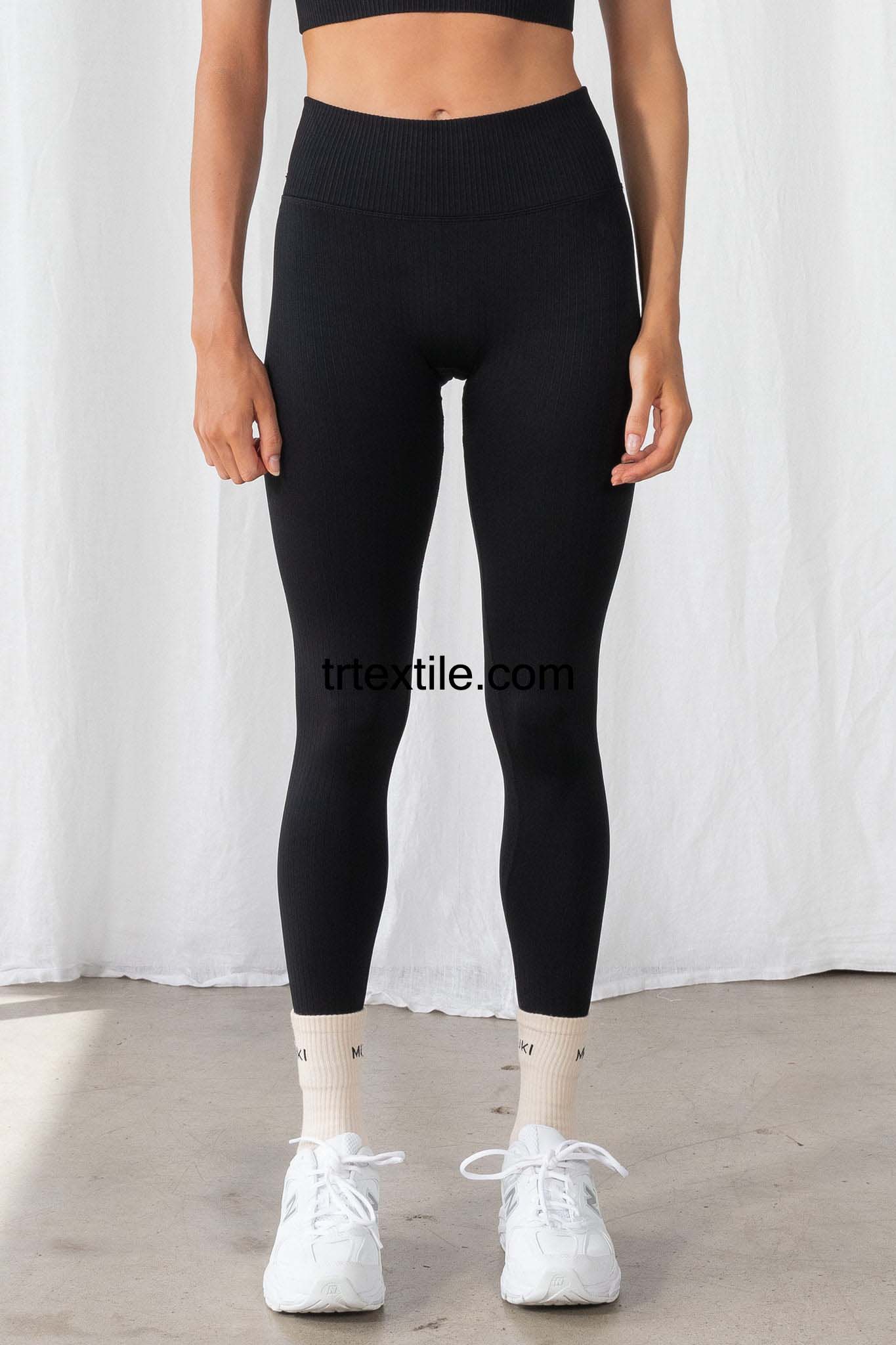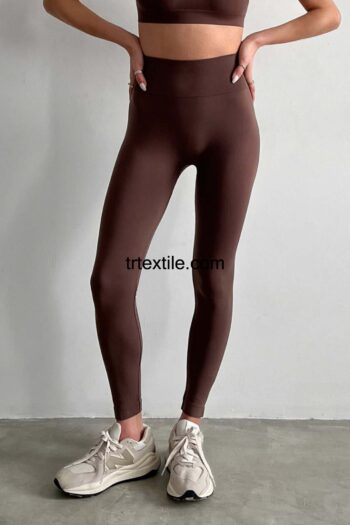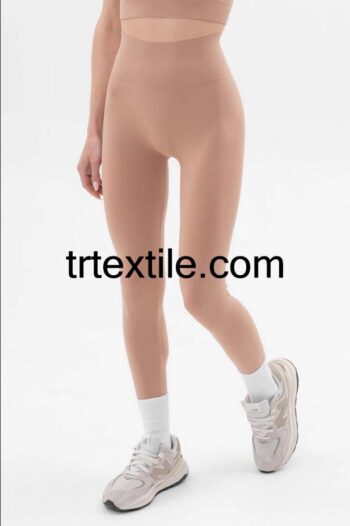Tights have become an essential item in every woman’s wardrobe, especially with the rise of athleisure wear and the popularity of yoga and other fitness activities. Yoga tights, in particular, are a staple for many women who practice yoga regularly, as they provide comfort, flexibility, and support during their practice.
The production model for yoga tights involves several key steps to ensure that the final product meets the quality standards expected by consumers. From sourcing materials to manufacturing and quality control, each step in the production process plays a crucial role in creating high-quality yoga tights.
The first step in the production model for yoga tights is sourcing materials. High-quality materials are essential for creating durable, comfortable, and supportive tights. Fabrics like spandex, nylon, and polyester are commonly used in the production of yoga tights, as they offer stretch, moisture-wicking properties, and breathability. Manufacturers must carefully select suppliers that provide high-quality materials to ensure the final product meets the desired standards.
Once the materials are sourced, the next step in the production model is designing the yoga tights. Designers work to create stylish and functional designs that cater to the needs of yoga practitioners. Features like high waistbands, compression panels, and moisture-wicking properties are often incorporated into the design to provide support and comfort during yoga practice. Designers also consider trends in colors, patterns, and styles to create yoga tights that appeal to a wide range of consumers.
After the design phase is complete, the production process begins. Manufacturers use cutting-edge technology and machinery to cut and sew the fabric into the desired shape and size. Skilled technicians carefully assemble the tights, ensuring that each seam is secure and every detail is perfect. Quality control measures are implemented throughout the production process to identify any defects or issues that may arise.
Once the yoga tights are completed, they undergo a rigorous quality control inspection to ensure they meet the highest standards. Each pair of tights is carefully inspected for stitching errors, fabric imperfections, and sizing issues. Any tights that do not meet the quality standards are rejected and sent back for rework or disposal.
Finally, the yoga tights are packaged and prepared for distribution. Manufacturers work with retailers and e-commerce platforms to sell their products to consumers around the world. Marketing and advertising efforts are made to promote the yoga tights and attract customers to purchase them.
In conclusion, the production model for yoga tights involves several key steps, from sourcing materials to manufacturing and quality control. By following a strict production process and ensuring high-quality standards are met, manufacturers can create stylish, functional, and comfortable yoga tights that cater to the needs of yoga practitioners worldwide.




